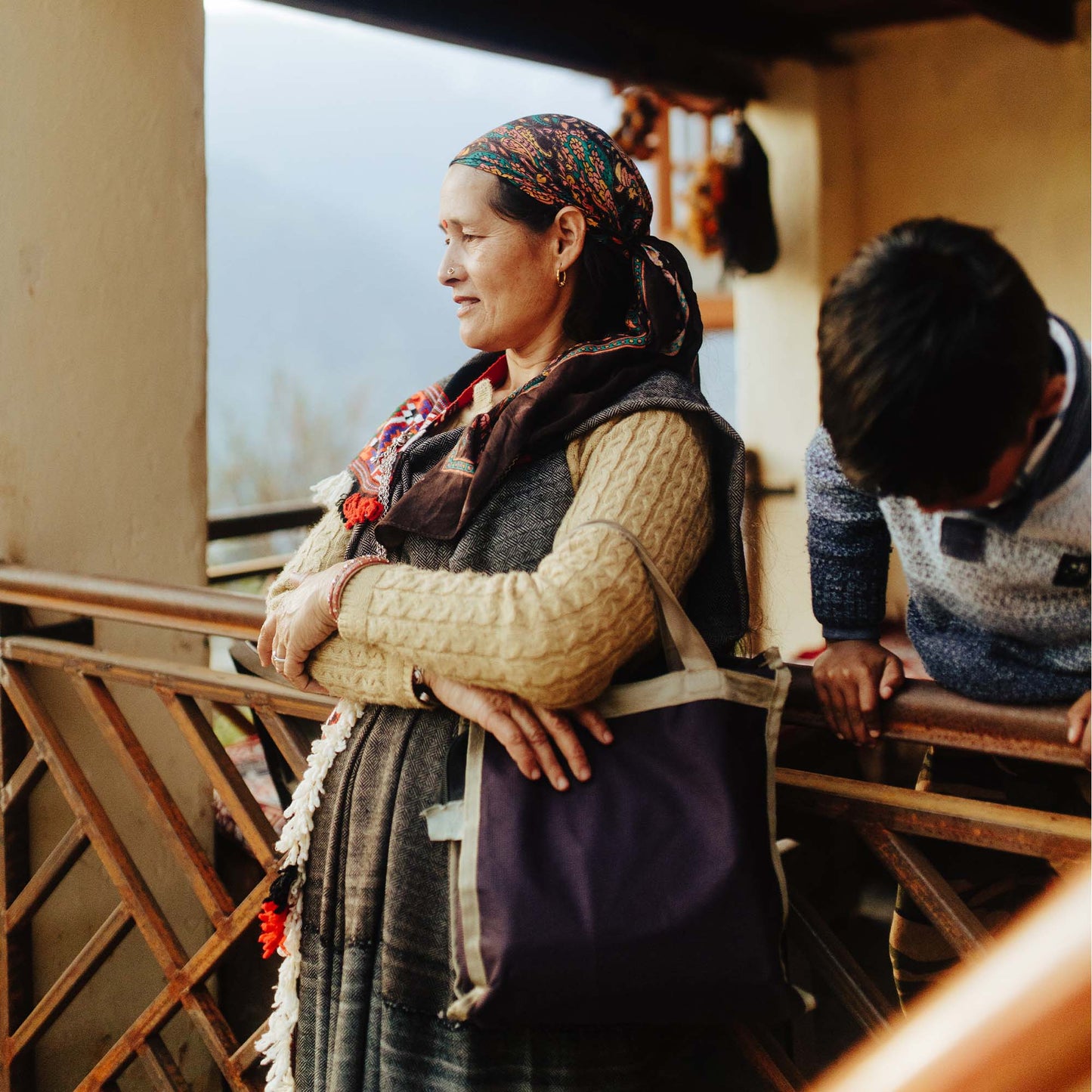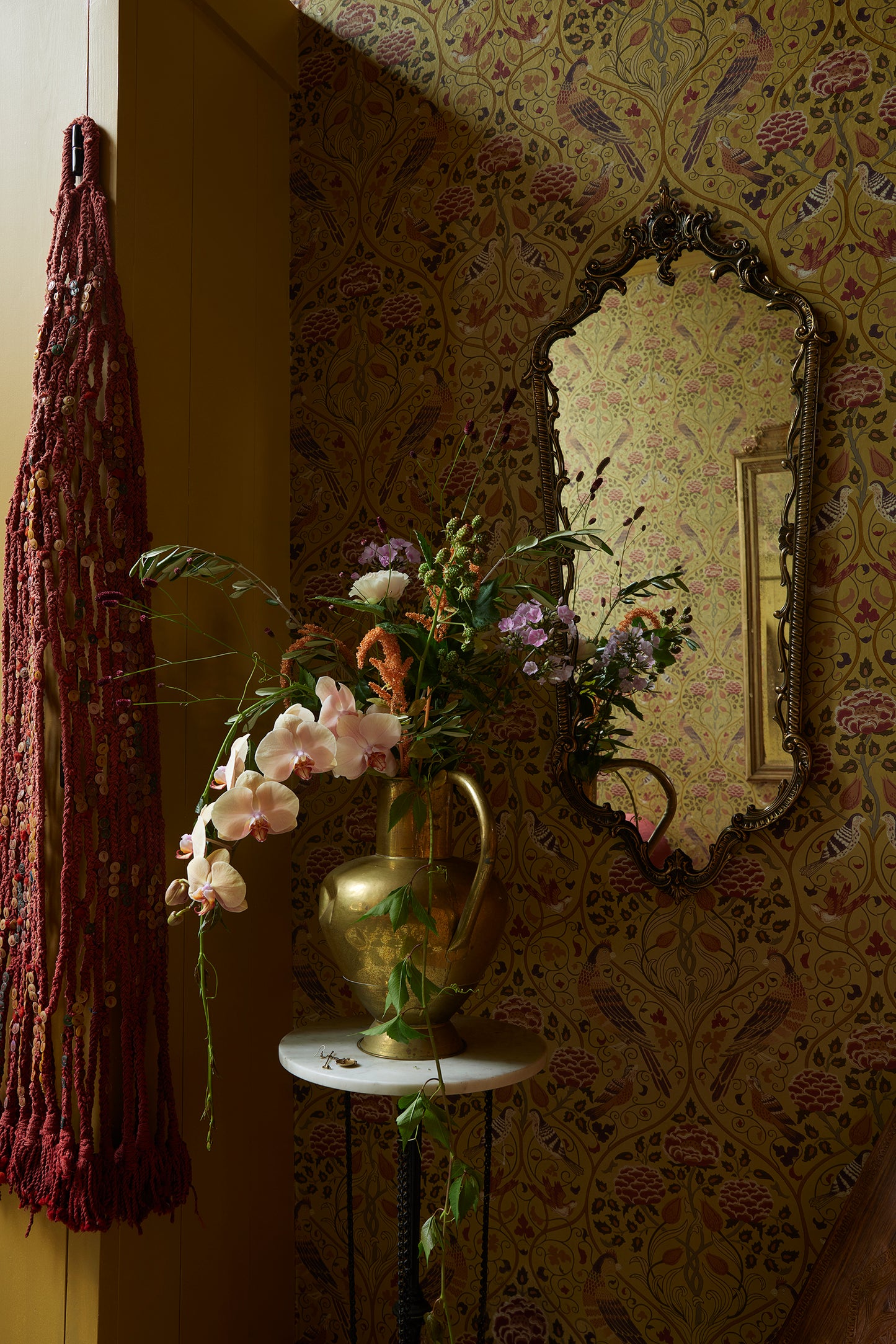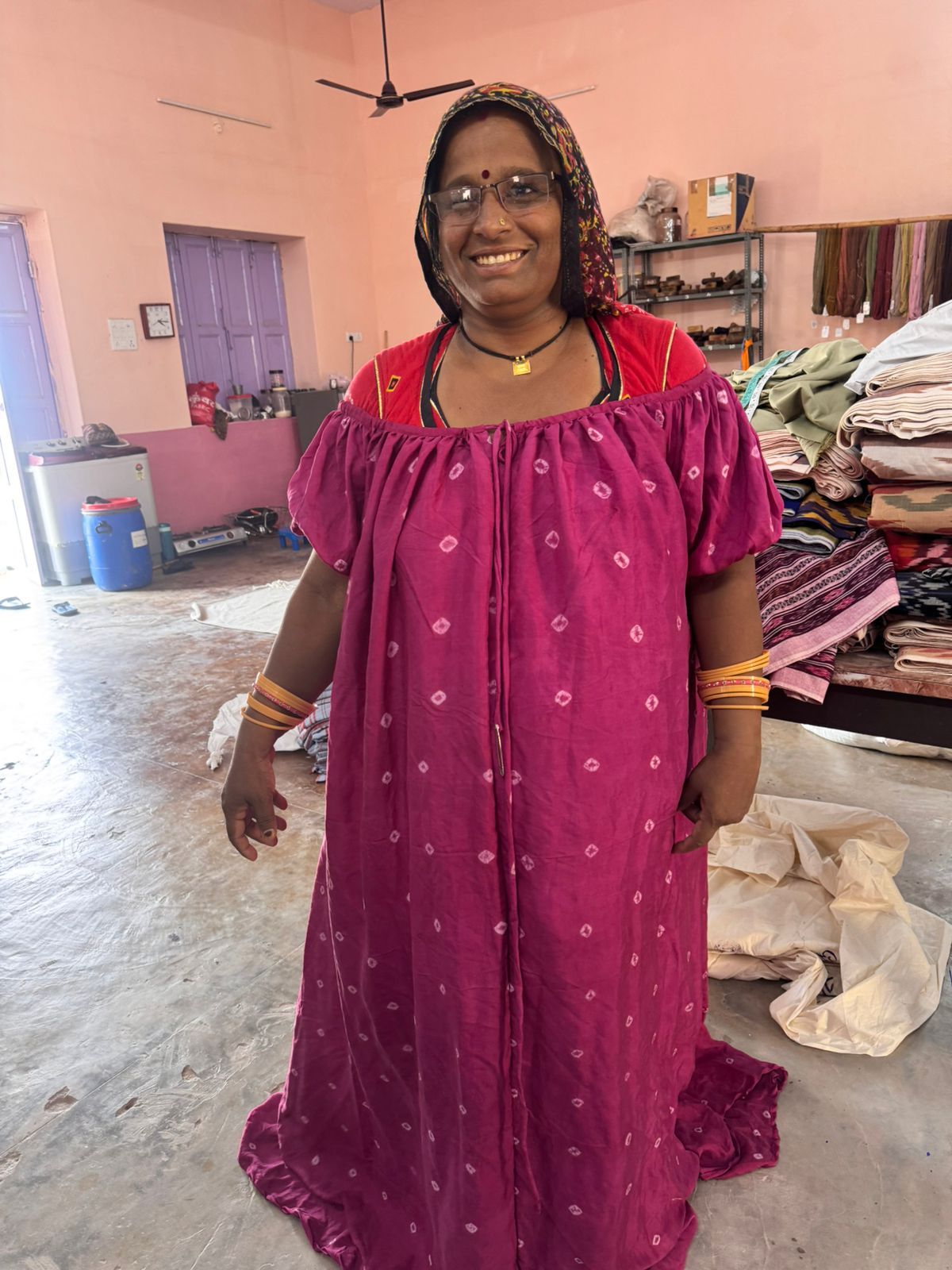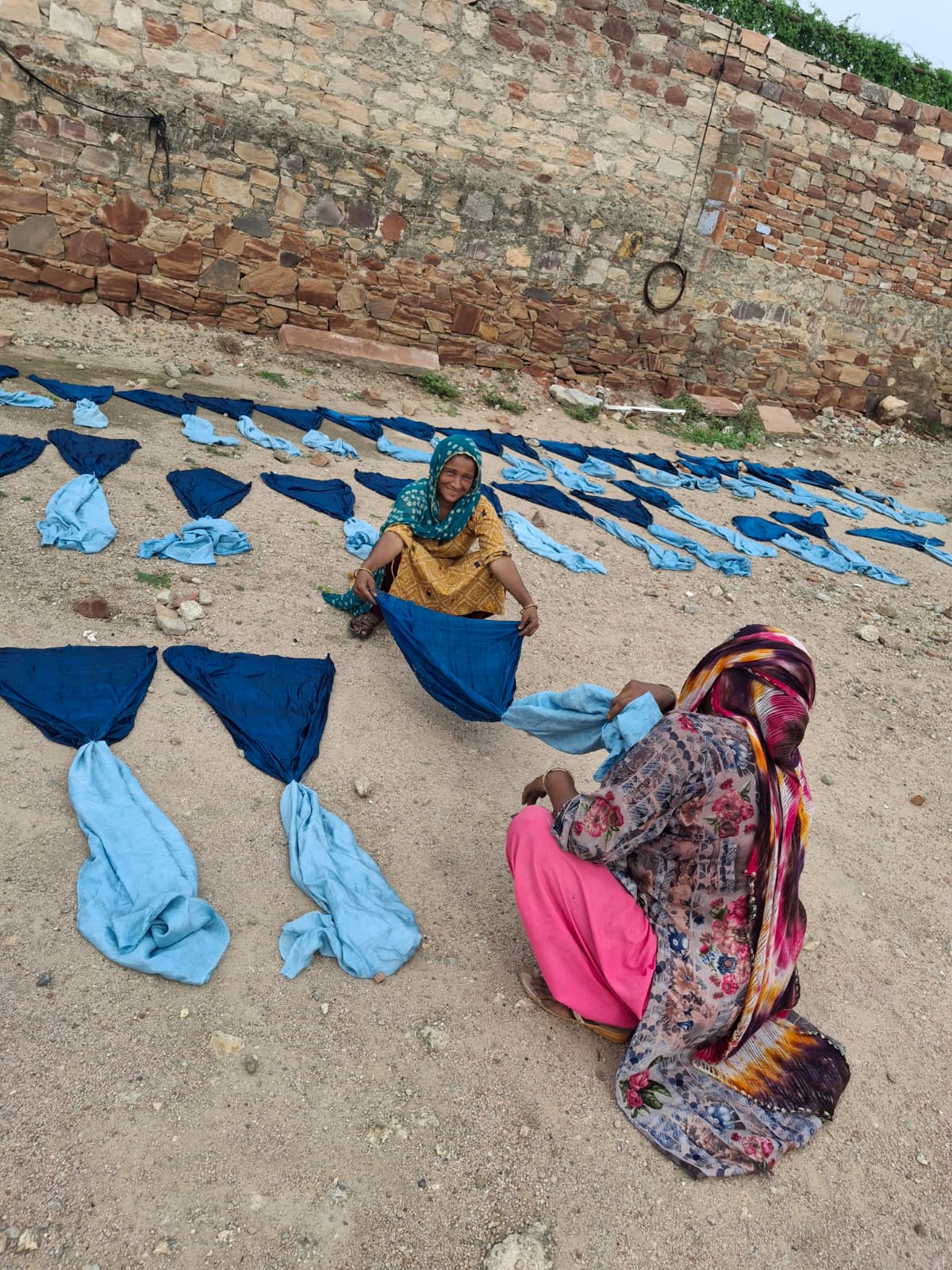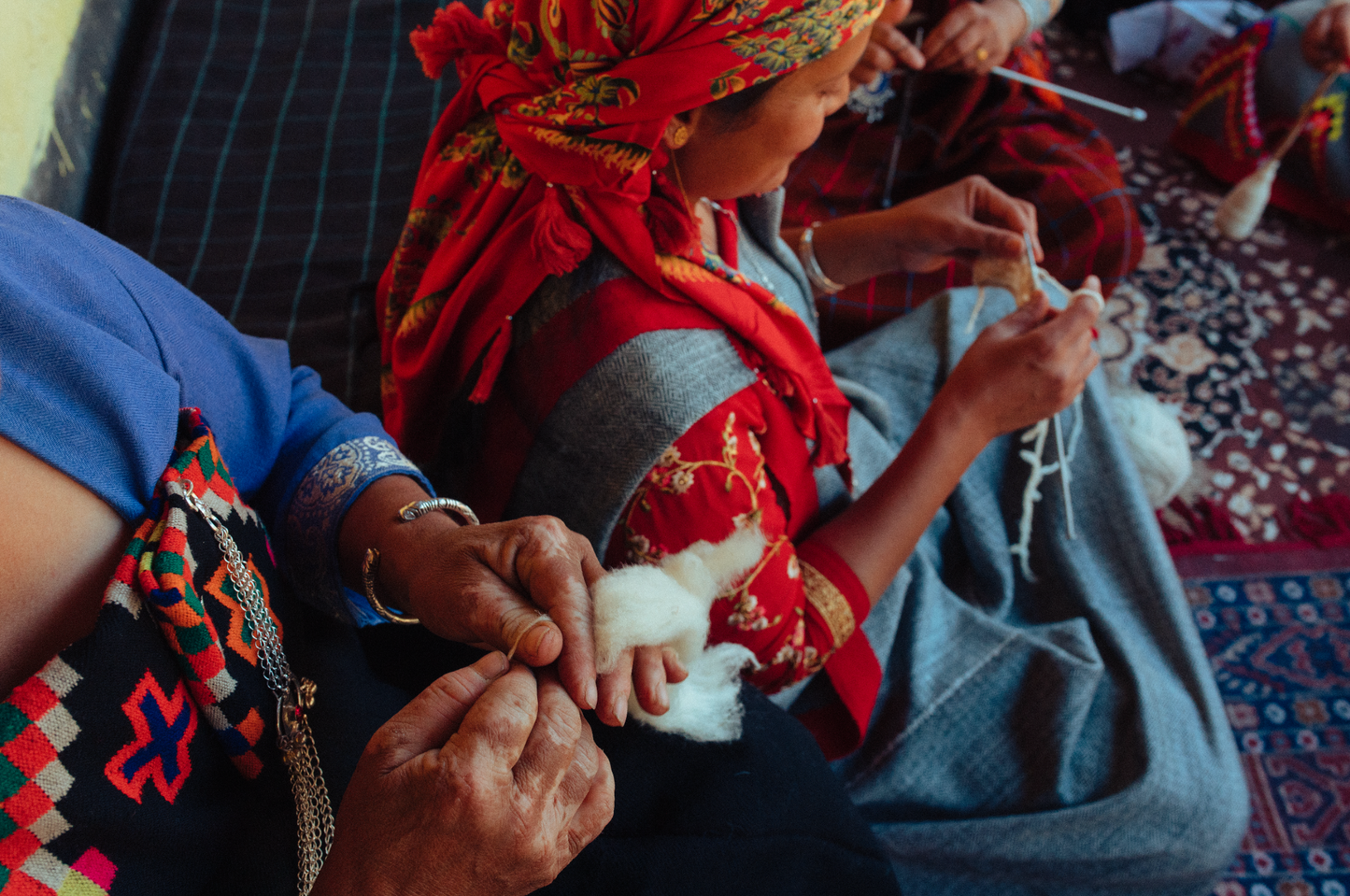craft is the oldest woven language of women
When a craft dies, an entire ecosystem begins to unravel.
Craft is not just a technique—it is a living library of feminine memory, ecological wisdom, and cultural identity. It is how we remember who we are.
Across generations and geographies, women have stitched, spun, dyed, and woven their lives into cloth. From thread and rhythm, they passed down more than skill—they passed down survival, sovereignty, and soul. Craft was the heartbeat of culture.
In the threads of every textile lies a sacred archive. Births, migrations, harvests, losses—each fiber carries stories that our grandmothers held in their hands. Craft has always been a feminine language: quiet, embodied, relational. A way to speak to the Earth, to one another, and to ourselves.
But then came the machine.
With industrialization, this intimate knowledge—rooted in care, rhythm, and ritual—was dismissed as inefficient. The machine replaced the matriarch. Mass production severed us from our traditions, and with that, we began to forget.
Uniformity replaced expression. Disposability replaced reverence.
When things are made without story, they are discarded without care.
Fast fashion has not only devastated the planet—it has accelerated cultural amnesia. It has told us that speed matters more than soul, that quantity is more valuable than quality, that care is no longer efficient.
But now, something is returning.
Around the world, women are reclaiming craft—not as nostalgia, but as resistance. As ritual. As regeneration.
To revive craft is not to turn back time.
It is to reweave connection. To remember what it means to live in rhythm—with the land, with the body, with community.
This is not just a textile revival.
It is a cultural reckoning.
It is climate care.
It is feminine lineage, rising.
This is how we remember.
This is how we reweave.


